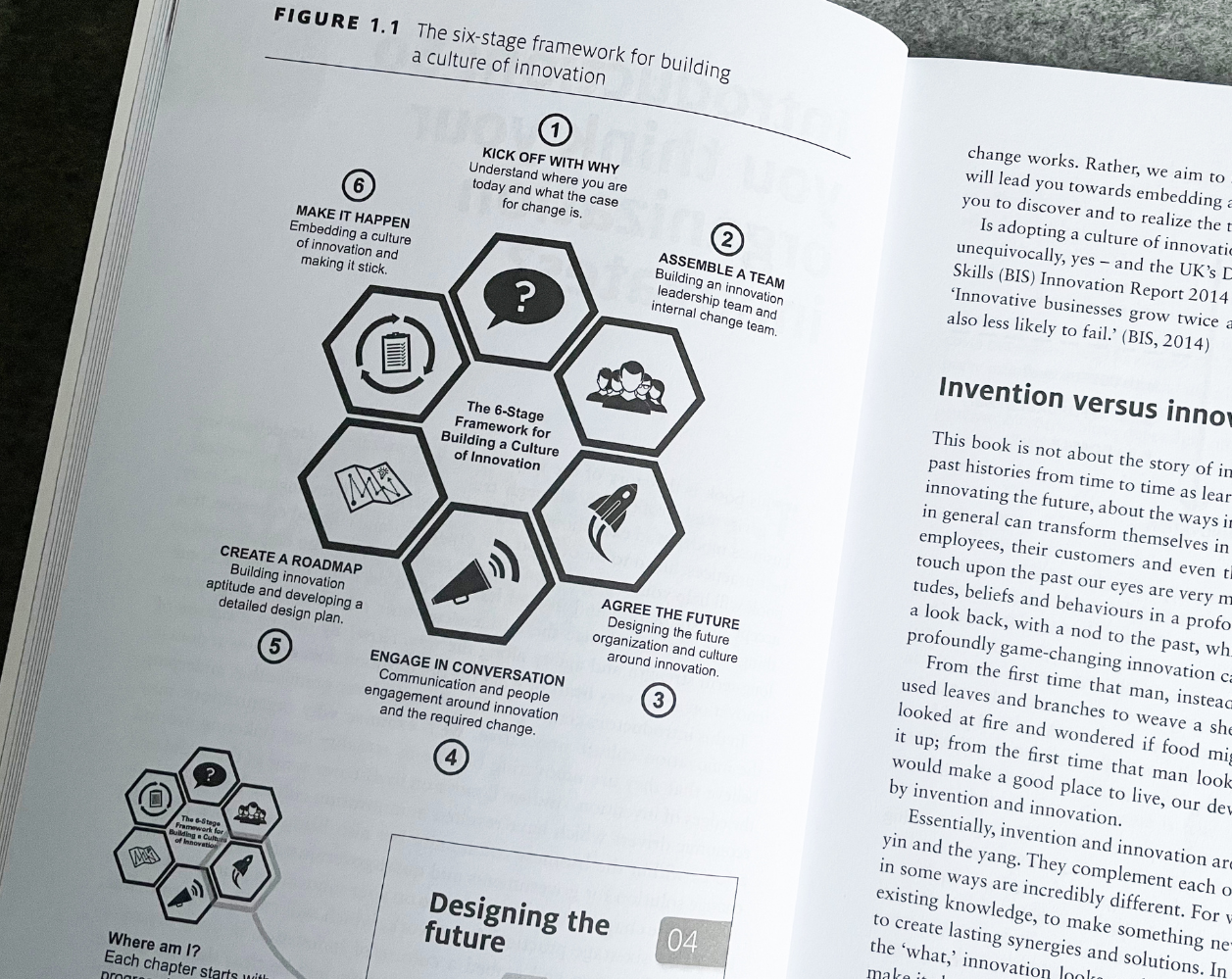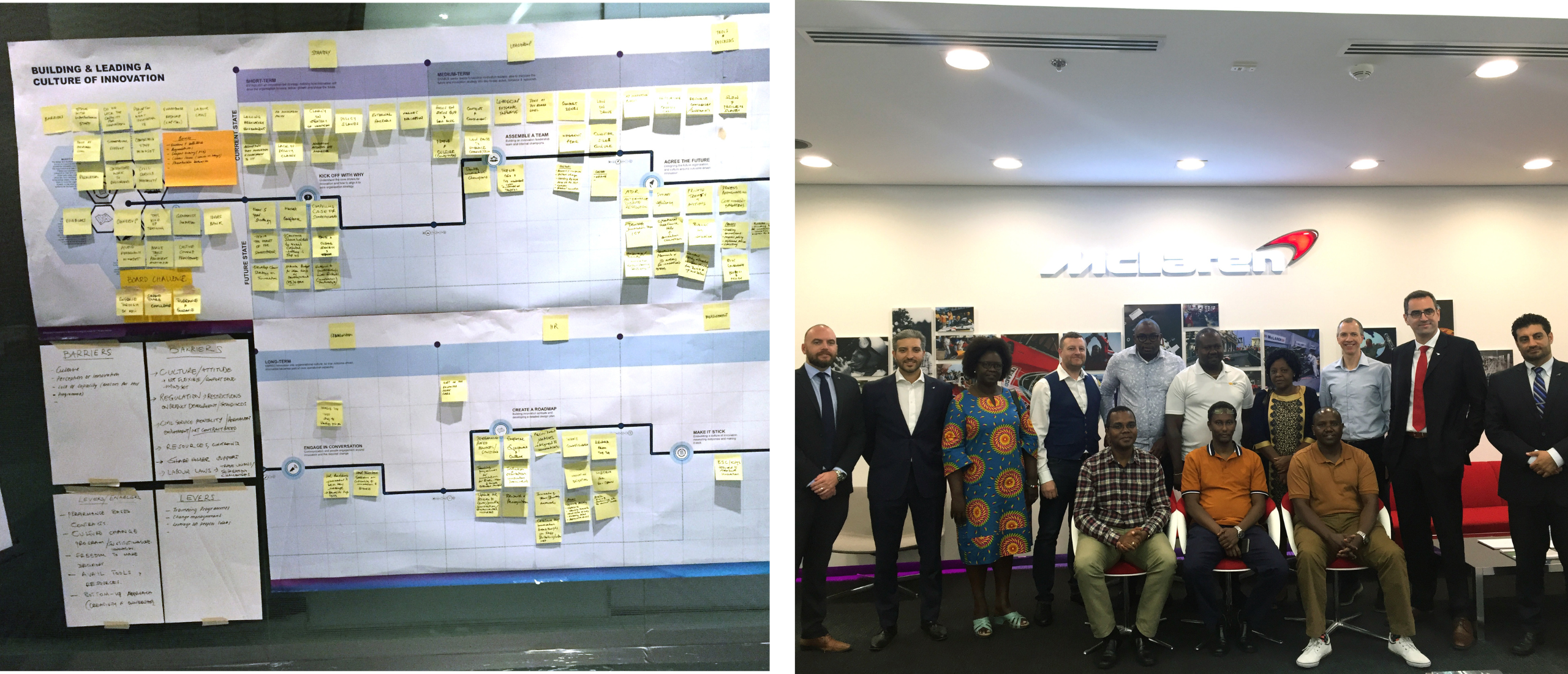
Case study - national bank of kenya
Our client, the National Bank of Kenya, is a leading African bank with a rich 50-year history.
more likely to recommend MAB as a place to work
improvement to communication (internal NPS)
of employees feel they fully understand the Mission, Vision and DNA
at the Business Culture Leadership Award
As the industry was being disrupted by a high number of mergers, rising competition from non-bank players and heavy regulation, they had set an innovation goal to ensure they stayed on top.
They also had their own internal challenges. Operating costs were high, and some assets weren’t performing well, all while cultural gaps had led to low employee engagement and productivity among staff and issues with operational efficiency.
Furthermore, the new CEO, while coming from a 20-year career spanning local and global banking, was relatively young for the industry and wanted to take a more contemporary approach. The plan was to put innovation at the heart of the bank to renew the institution in the face of continued threat.
MAB was already driving a tech-led change programme to simplify the customer and adviser journey. But the leadership team knew that without a unifying culture, the transformation risked stalling.
Nunc sed faucibus bibendum feugiat sed interdum. Ipsum egestas condimentum mi massa. In tincidunt pharetra consectetur sed duis facilisis metus. Etiam egestas in nec sed et. Quis lobortis at sit dictum eget nibh tortor commodo cursus.
Odio felis sagittis, morbi feugiat tortor vitae feugiat fusce aliquet. Nam elementum urna nisi aliquet erat dolor enim. Ornare id morbi eget ipsum. Aliquam senectus neque ut id eget consectetur dictum. Donec posuere pharetra odio consequat scelerisque et, nunc tortor. Nulla adipiscing erat a erat. Condimentum lorem posuere gravida enim posuere cursus diam.


Building on our track record in innovation consulting, we helped the CEO along with several other key stakeholders create an innovation-led renewal programme, mapping a journey for cultural change, innovation and enhanced productivity of the bank.
Using the framework from the bestselling book Building a Culture of Innovation, the programme was designed around a deeper understanding of what it takes to build innovation capability, scale it across an organisation and lead for it on a day-to-day basis.

Delivered through our award-winning 3-stage methodology:
Utilising the Innovation Culture Framework below, we helped the team map out their current state and then, through a series of challenge sessions, build a picture of the required ‘future state’. From this we built a set of bolder, more ambitious questions and a set of hypotheses to be tested around how the bank could shape its future culture around innovation.
The Innovation Culture Framework
What we discovered was a gap in understanding about the what, why and how of innovation at the non-executive, governance and oversight level. To bridge that gap and make innovation capability a core part of the bank’s organisational culture, we needed to develop contemporary leadership skills, mindset and behaviours.
The initial ambitious engagement of the board helped to create buy-in for the level of organisation-wide transformation required, as well as ‘leading for innovation’ on a day-to-day basis.
The new leadership framework followed our core belief that purpose plus creativity makes people curious, and curiosity breeds exploration and a willingness to experiment. As a result, the focus on leadership development used a combination of human-centred design, growth mindset and our ODC (Own-Drive-Contribute) framework.
The ODC framework
The ODC framework centres around the cascaded and interconnected nature of an innovation culture and the differing ‘look and feel’ of innovation at different levels of an organisations. The leadership component focuses on ‘owning’ innovation and what that means in terms of the physical and psychological components required.
With the physical components – strategy, practice, tactics, etc. – being rapidly introduced, the focus for fully enabling leaders to own the innovation agenda needed to be balanced with the relevant psychological components.
Some of these components include accountability, collaboration, creativity, purpose, empathy – all key pillars of a growth mindset and innovation-led business.
Leaders were upskilled and supported through mentoring, and cultural metrics were introduced to track progress.
As a result of the programme, the team successfully mapped out the core goals required to focus on building a culture of innovation anchored mainly on the following areas:
The CEO, board and senior team were also better prepared to deliver a bolder, more ambitious vision anchored on the following areas:


At the end of the programme, my non-executive directors and I were fully aligned and owned the journey of embedding a culture of innovation. The team was able to bring out and demystify the step-by-step process starting with our strategic context, ambitions and goals to agreeing on the engagement. They helped us understand why it was imperative for the institution to build and lead a culture of innovation and how to make it happen. Just a few months down the line we are progressing with assembling the team, defining the innovation policy of the company, incorporating the innovation imperative as part of our five-year strategy and embedding the innovation culture to the overall transformation programme of the bank.
Managing Director and CEO, National Bank of Kenya
Making
Complexity
Simple.